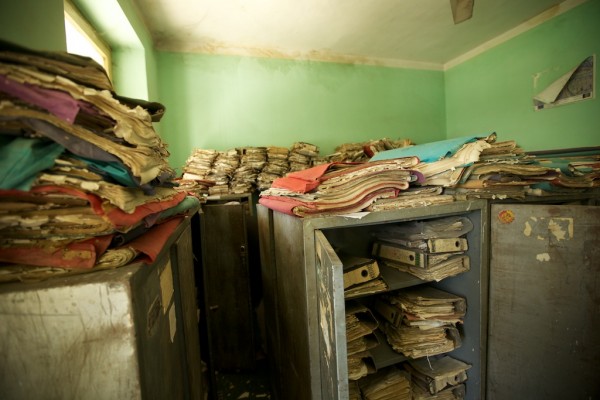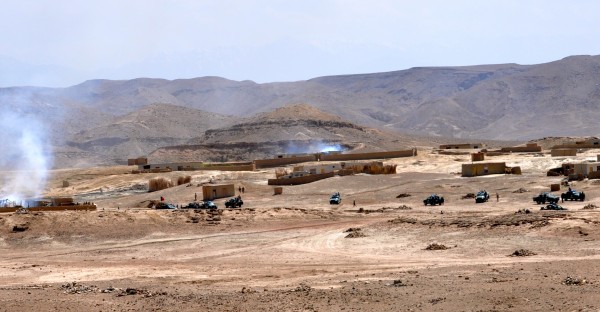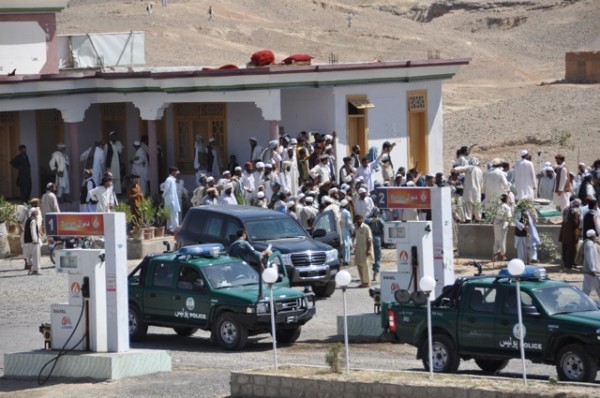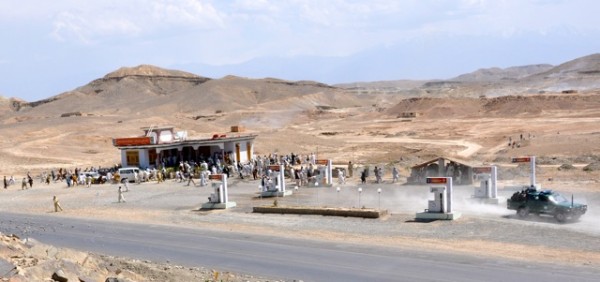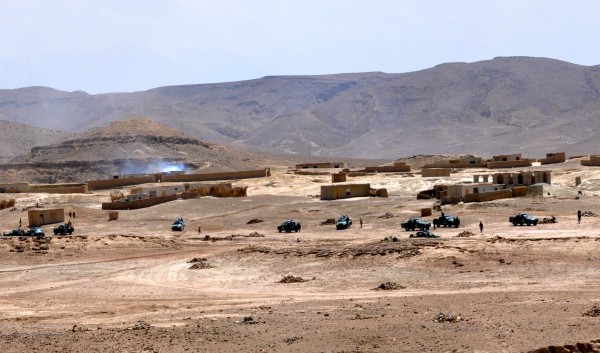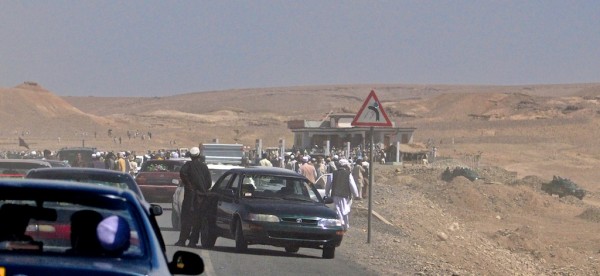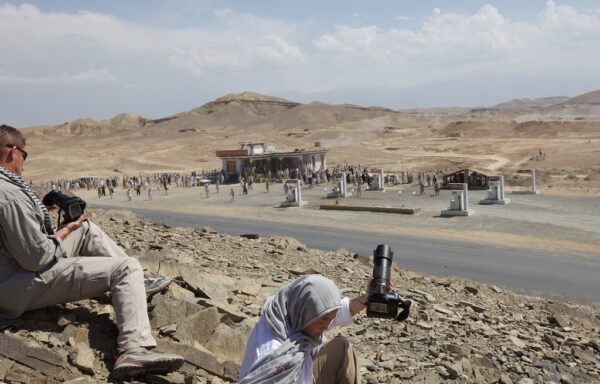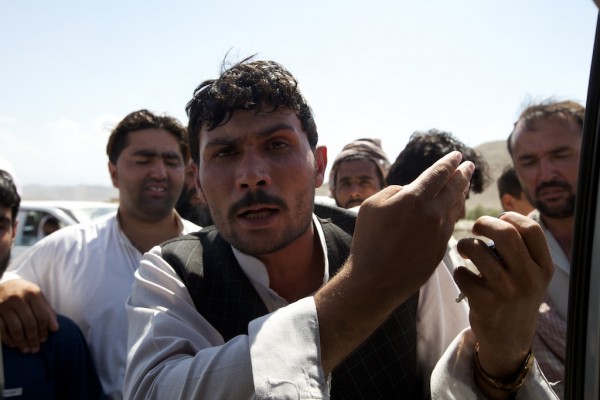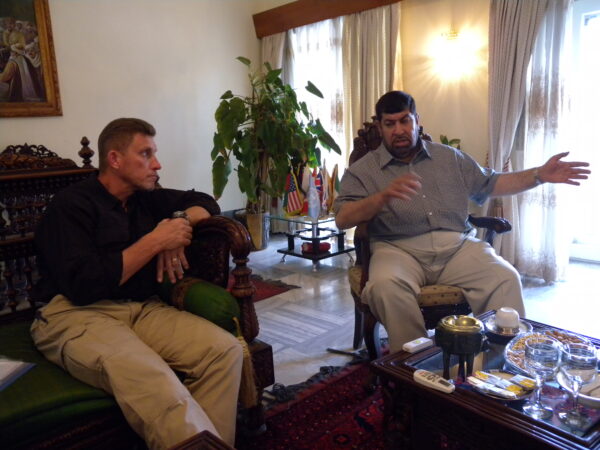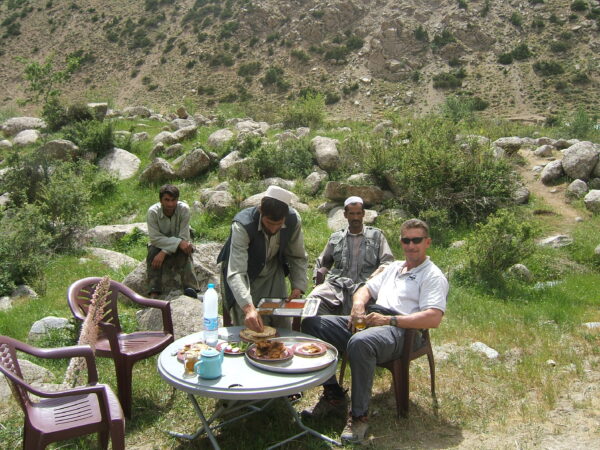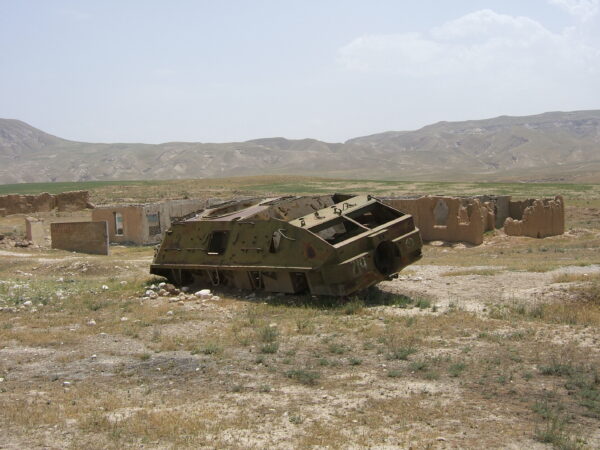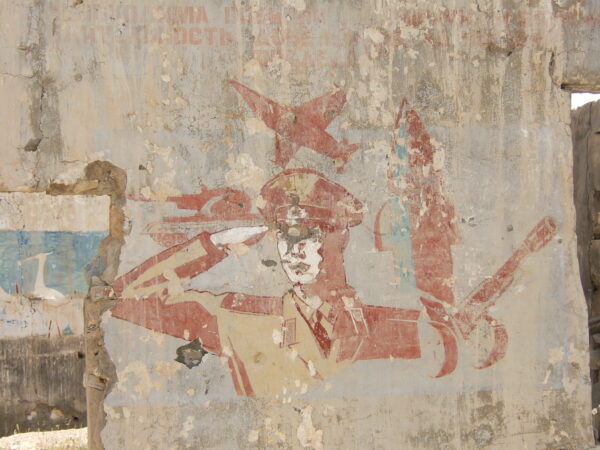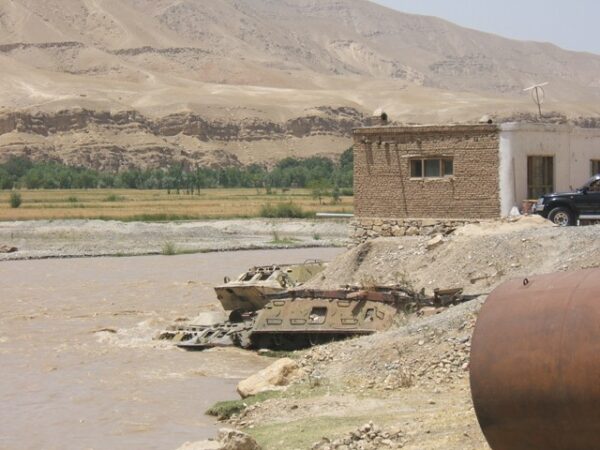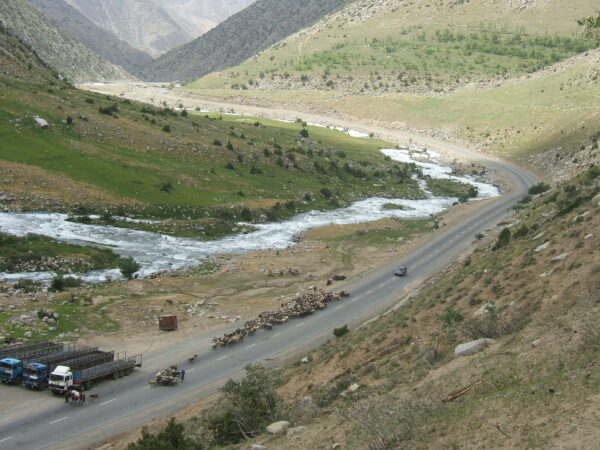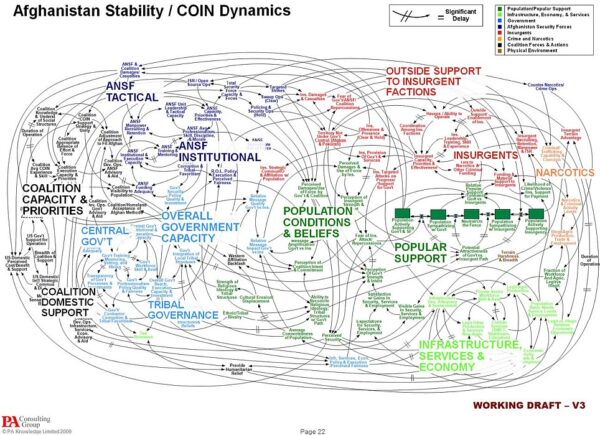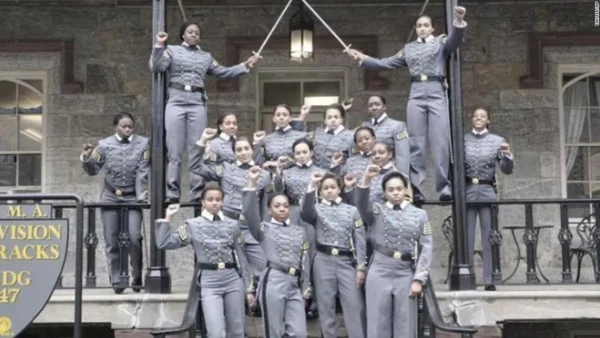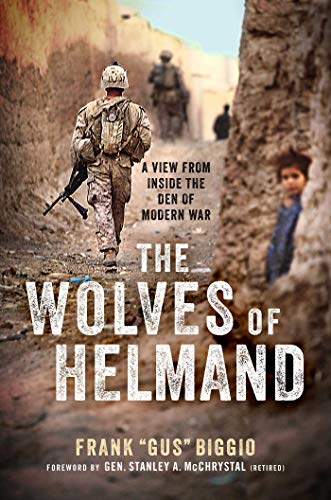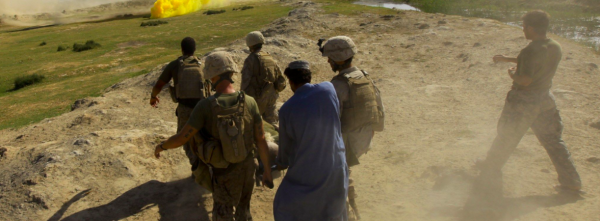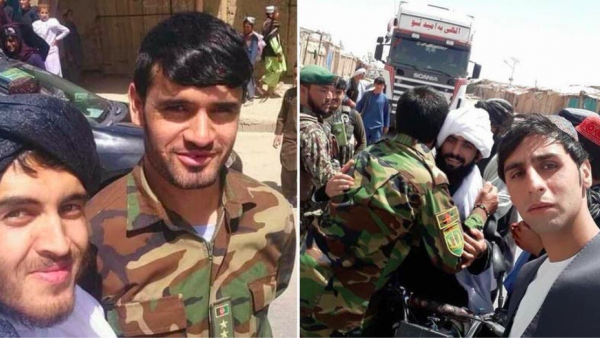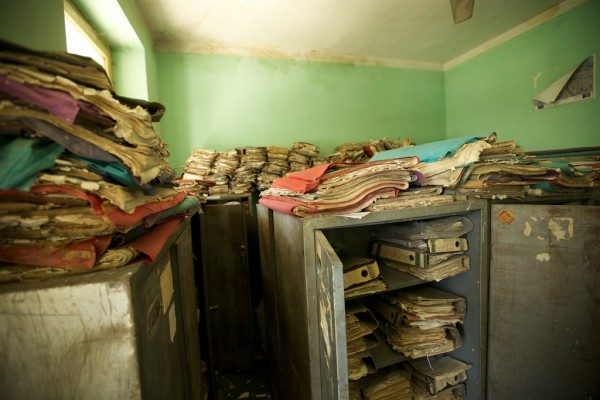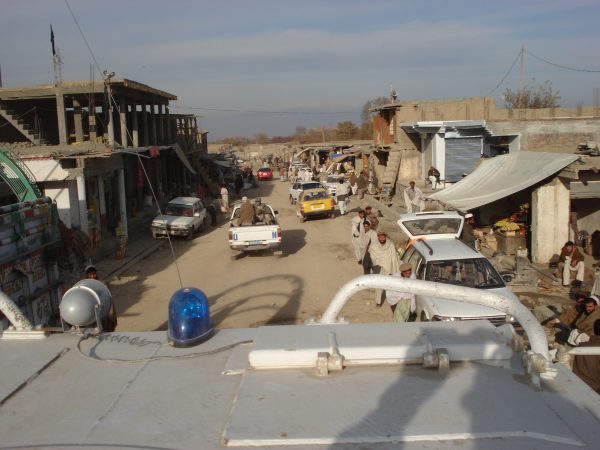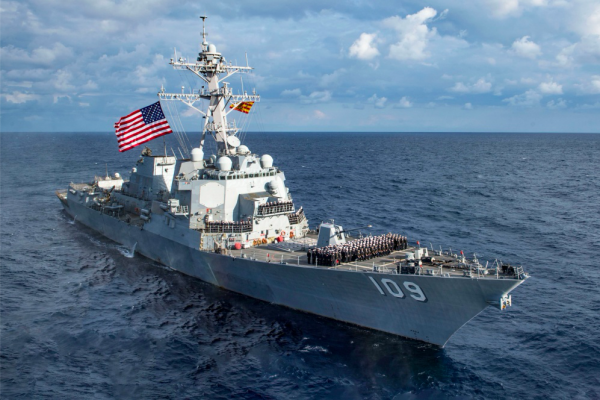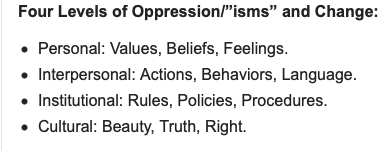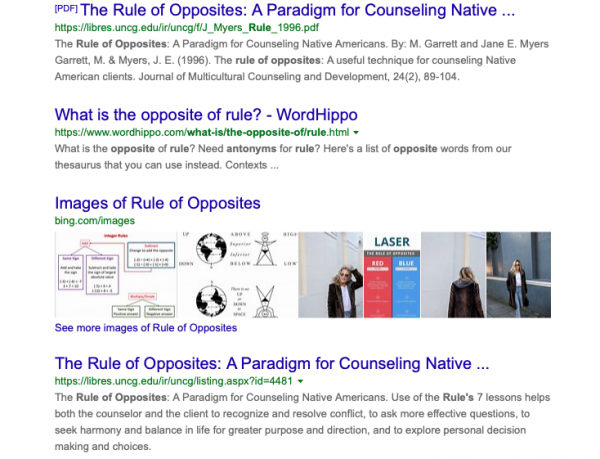The FRI Guide to Dangerous Places: Delaram District, Afghanistan
During the summer of 2011 a unique opportunity presented itself to Abdul Karim Brahui, the governor of Afghanistan’s Nimroz Province, during a meeting with the new Marine Corps RCT commander in Delaram II, Colonel Eric Smith, USMC. Colonel Smith had replaced my good friend Paul Kennedy and although I knew Eric, Paul had given me a warning (in infantry officer code) about dropping in on him saying “he still irons his skivvies Timmy, don’t waste your time with him”.
Colonel Smith had come to Zaranj to complain to the provincial governor about the Khash Rod district governor who was an ineffective crook. Governor Brahui had nothing to do with the appointment of district governors, Karzai’s government appointed them but recognizing opportunity Governor Brahui turned to one of his trusted aids, Engineer Khodaidad and told him to accompany the Colonel back to Delaram and then move to assume the duties of the district governor. Col Smith, being new to the game, didn’t think twice about accepting the governors kind offer. He forgot or didn’t know those appointments were made in Kabul. The Colonels apparent complicity in this unusual arrangement stayed Karzai’s hand thus preventing Khodaidad’s immediate removal by the heavy handed Kabul Government.
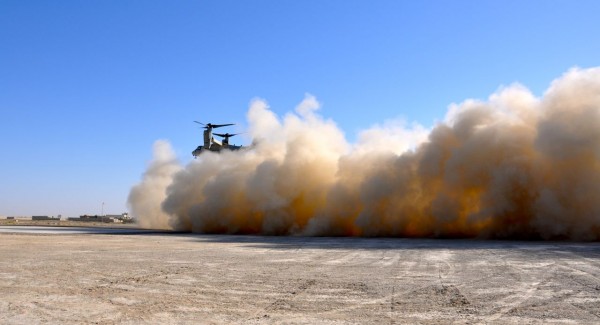
My provincial manager in Nimroz was an Afghan national from Kabul named Bashir. Well educated Kabuli’s able to speak and write English fluently are normally connected to powerful people in the government making their utility in remote, sparsely populated areas of Afghanistan about zero. The tribes on the fringes of the Dasht-e Margo (desert of death) were more likely to shoot Kabul elites than cooperate with them. Bashir was well educated, a fluent English speaker who was from Kabul but not connected to anyone in the Kabul government. He was, without question the most honest, competent Afghan I knew, and I knew more than a few good men in Afghanistan. He and Governor Brahui became good friends over the years Bashir and his family lived in Zaranj.
When Governor Brahui told Engineer Khodaidad to go to Delaram, Bashir turned to his assistant provincial manager, Boris, and told him to accompany Engineer Khodaidad to Delaram II. Engineer Khodaidad left with Col Smith with just the clothes on his back but Boris, a Russian Jew who was raised in New York City and a former Army Signal Intelligence operator, had the presence of mind to get his overnight bag and a change of clothes before departing for Delaram II. Boris had learned about working the Nimroz Province from the FRI blog and had contacted me asking if he could work out of Zaranj. He had an intense interest in Central Asian history and was all about supervising projects among the ruins of the Ghurid Sultanate. He turned out to be a hard worker, fluent Dari speaker, and the best field supervisor I ever had.
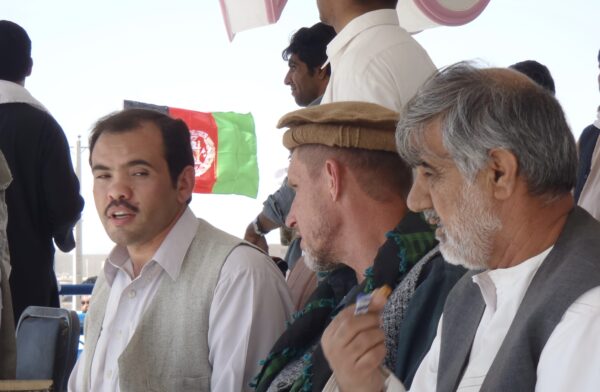
Engineer Khodaidad spoke fluent Russian having received his engineer training in a Russian school in Mazar-i-Sharif in the 1960’s. Like Governor Brahui he was a respected former Nimroz Front Mujahidin leader who had fought out of the Kang District during the Soviet War. Boris and Engineer Khodaidad became instant friends which was fortunate because Boris had to go to the Delaram II base exchange to by Engineer Khodaidad the various sundries and the bedding he would need to live out of the DAC. That would have normally caused embarrassed resentment from an Afghan leader who had limited dealing with Americans, but Boris and the Engineer has remarkably similar opinions about politicians and senior military officers, so it was no problem.
Boris got Engineer Khodaidad a ride to the DAC and helped him move in and I sent him some mini split air conditioners from our stash in Lashkar Gah to make the office and living spaces tolerable. I then called to the country manager in Jalalabad to see if he could shake loose some additional funding to start repairing the streets and drainage ditches in Delaram which turned out to be easy because USAID had developed a sudden interest in seeing projects started there. We turned up a couple million started to pave the streets of Delaram while also rehabilitating the bazar in the old Taliban designated district administrative center of Ghurghuri which was not too far from Delaram.

There was a small Marine Corps Civil Affairs attachment co-located with Engineer Khodaidad at the District Administrative Center and they took over getting him established in his new home. I don’t remember who owned those Marines by they were living like the grunts down south with no fresh food, no showers, and no A/C (until we hooked them up). At least one of them ( the team Gunny) had already been shot once while patrolling the area but that didn’t stop them from continuing to patrol. The DAC detachment also had a Marine Corps Lieutenant Colonel from the Afghan Hands program assigned to it, but he had little to do except tease me because I couldn’t speak Pashto. He was a good man in a hard spot, but his assignment said all you needed to know about the Afghan Hands Program (it was a loser track for officers) which sucked because I saw serious talent in the Hands program every time I ran into one. There was also an American SF team located in Ghurghuri but I never saw them and have no idea what they were up to or why they were there.
That sets the table for an interesting tale because when Boris and Engineer Khodaidad showed up the security situation in Delaram wasn’t good but not that bad in the big scheme of things. But not a week after they showed up the Karzai administration struck by appointing a new district police chief named Asif, a Pashtun of the Helalzai subtribe of the Nurzai tribe. The Helalzai fought on the Soviet side of the war and Asif’s father, acting as the Soviet district security chief back then had executed 28 civilians in the Delaram Bazar for supporting the Nimroz Front Mujaheddin.
Commander Asif and Engineer Khodaidad were mortal enemies and he, the local tribal leaders, and the Afghan Hands LtCol told anybody who would listen that Asif’s appointment was a terrible idea, but that didn’t matter because there was nothing any American could do about it. When Asif showed up a significant proportion of the local police force immediately quit, partially motivated by his appointment and partially by the fact that they had not received their pay in months. Asif immediately brought several of his own trusted men onto the Delaram police payroll.
This was the interesting dynamic from the Afghan perspective because when Col Smith returned from his meeting in Zaranj with Engineer Khodaidad and installed him as the new district governor it was assumed he was under the protection of the Colonel who would support him both morally and materially as he consolidated his position. They expected Col Smith would derail the appointment of Commander Asif after they explained who he was and why his appointment would degrade the district’s security.
But Eric Smith had no intention of doing that, his focus was on the Northern Helmand Province where his maneuver battalions were still having major problems in Sangin, Musa Qala, and the Kajaki Dam. He didn’t give a damn about Delaram, neither did Paul Kennedy when he was there, nor would have I had I been in their shoes. But Paul knew how provincial and district governors were appointed and wouldn’t have short circuited that process – that was an unforced error. The appointment of Commander Asif was uncontested by the Colonel Smith because he had no say in the matter. Even worse Smith was forced to ignore the obvious reason for the decline in district security while acting like the new district police chief was a legit player in the regional security hierarchy.
The shit hit the fan days after Asif took over when a small convoy of Afghan security contractors were ambushed by the Taliban approximately 40 km west of Delaram. These were fuel tanker escorts as I recall, and they tended to roll with lots of guns and a ton of ready ammunition. In the ensuing 90-minute firefight, the contractors drove the Taliban from the field and captured a vehicle containing 12 IEDs. The contractors then called the Afghan Highway Police, the Afghan National Police, the Afghan National Army, and the Marines looking for somebody who would take custody of the Taliban IED’s. Nobody came out to help them and nobody wanted the IED’s except for the Taliban who returned in force to recapture their vehicle and IED’s. The contractors retreated to Delaram DAC with three of the IED’s and reported to the incident to Engineer Khodaidad.
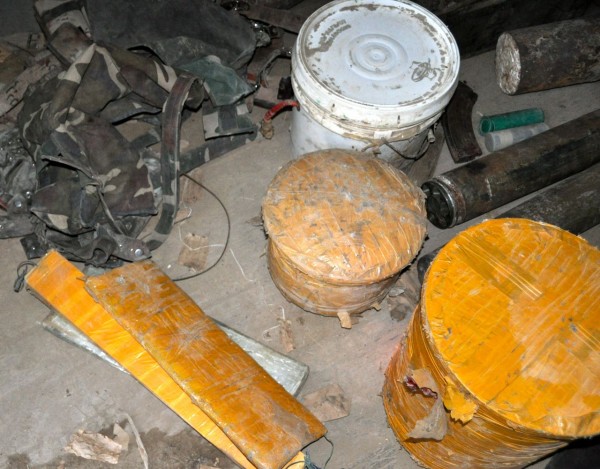
Within days carloads of armed men started to show up at our project sites to threaten our workers which was not unusual and Boris, who had the advantage of being tall, fit, disagreeable and a Dari speaker, had no problem running them off. Then IEDs began to detonate in the town several times a week, at first they targeted Asif’s Afghan National Police (ANP) checkpoints, then a few targeted our project site. The escalation continued with two of our Delaram project day laborers were kidnapped and decapitated by the local Taliban when they went to their home village (Tut) for the weekend.
The IED fiasco and sudden eruption of IED blasts brought the RCT-8 commander to the DAC with an entourage including his Sergeant Major, for a security shura. Boris blended in with the Afghans at the meeting and was able to observe from the back of the room. He said the District Governor was not mollified by being patronized by Col Smith with a pat on the back, and the promise “you and I will go out there with pistols and shoot the Taliban”.
Boris thought Engineer Khodaidad had seen a fair number of Americans in uniform making extravagant promises and talking tough, then failing to deliver before they redeployed back home. The Governor walked out of the security shura frustrated at the inability of the participants to agree on any concrete plan of action for security incidents like the IED capture. He later told Boris: “why should I even be here, if none of you listen to me?”. It was time to face a decision I never wanted to make and that was to cancel a project without finishing it, something none of my colleagues and I had done over the years of working contested districts, so I flew into Delaram to talk with the district governor.
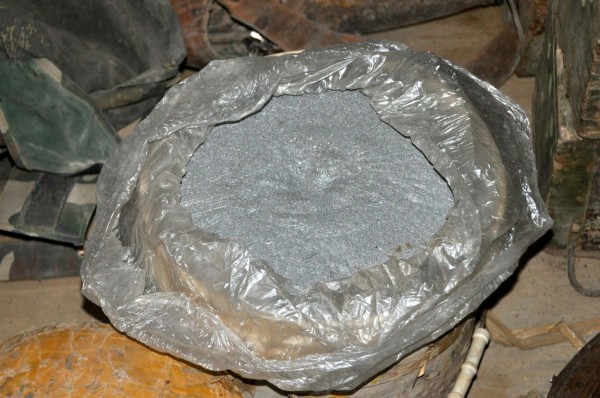
Delaram had grown considerably since my first visit as had the staffs of the Regimental Combat Teams. The RCT 8 CO now had a State Department Contractor assigned to him who was in some way responsible for aid in Nimroz Province. The State guy was a retired Army Colonel who seemed nice enough, but I was unable to figure out his role in the “hold and build” phase of the Marine Corps Southwestern campaign. He didn’t have any funds to spend, he was not part of the approval process for my projects, and he couldn’t leave the Delaram base, so it was hard to see what role he played in the big scheme of things. He picked me up when I flew in making it a point to ask that I not go directly to the Marine CO with information that should have gone through him. I told him that would not be problem without explaining why and asked if I could use his vehicle to drive out to the DAC.
The vehicle in question, a beat-up old Toyota SUV with bad brakes and no working A/C, did not belong to him. He and a few other contractors rented it (for $1000 a month!) to get around the base and it wasn’t allowed off base according to the rental contract. You could have gone down the ring road to Herat and purchased a vehicle in similar shape for less than a thousand U.S. dollars, but I don’t remember mentioning that to him.

I met Boris on the Delaram FOB where the State Department liaison had found some racks for us in transient berthing area. The next morning, we walked to the gate where they screened local workers entering the base, exchanging our ball caps and sunglasses for shalwar kameez tunic’s and pakols and walked off the base to the district administrative center. The gate guards were contractors, not Marines and they were not sure we were allowed to just walk off base. I told them to check with my good friend Colonel Smith if they didn’t believe we could leave. Thankfully that did the trick because I think Eric might have really detained me for being armed, or the bogus Synergy Strike Force CAC card identifying me as DB Cooper CAC card (it even scanned in the DFACS!) , or using an expired SWAMP pass to bullshit my way off base, the number of infractions he could have gotten shitty with me about were alarming when I think about it.
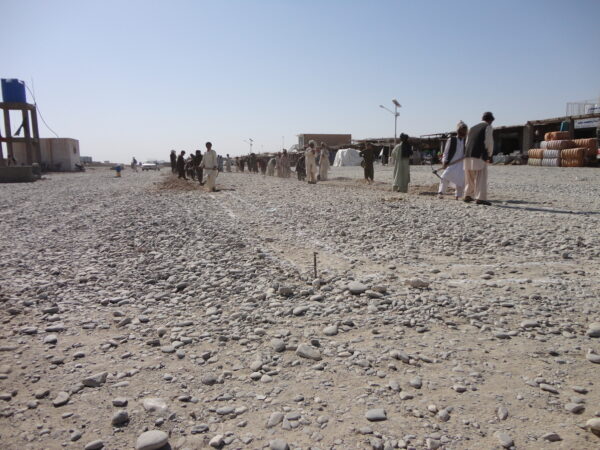
The walk was about three miles as I remember, and we witnessed a group of boys cut and then steal an electrical transmission cable that connected an ANP checkpoint with an ANA base across the road. The kids were quick too, laughing hysterically from the back of motorcycles as the ANP troops boiled out of their checkpoint in hot pursuit. Being an ANP officer in Delaram while commander Asif was in charge sucked. When we arrived at the DAC Engineer Khodaidad was meeting with a local farmer discussing a vexing problem in Dari because the Engineer wouldn’t speak Pashto.
We had arrived hot and sweating profusely because it was a good 110 outside but were being ignored so Boris started interpreting for me.
“He’s asking the Engineer to send the Marines to run off the Taliban near his farm because they are raping his livestock at night. Engineer K just told him the big Foriengee (foreigner) understands Dari so maybe they should discuss this another time”
The farmer then turned to us and asked could we tell the Marines the Taliban are at his farm every night molesting his sheep and they can come and kill them no problem and he’d give them a sheep for their trouble too. Boris translated that for me before saying simply “No”.

Boris then asked Engineer Khodaidad for guidance in Russian and I said to the farmer “Ma dorost dari yad nadaraom” (I can’t speak dari well) but I said it perfectly which made him look at me with narrowing eyes before asking why there were Russians in the DAC. He then launched into a long story about how everything has gone to hell since the Marines showed up and built a forward operating base because Marines attract livestock raping Taliban and now there is an old Baloch Muj commander running the district but he doesn’t have his Muj army with him just two Russians and a handful of Marines which wasn’t enough fighters … the farmer had the pacing and timing of a stand-up comedian and in no time we were laughing so hard it was silly . After the farmer left Engineer Khodaidad told us he wanted the projects to continue but would understand if we pulled out. We stayed and finished the projects without additional losses.
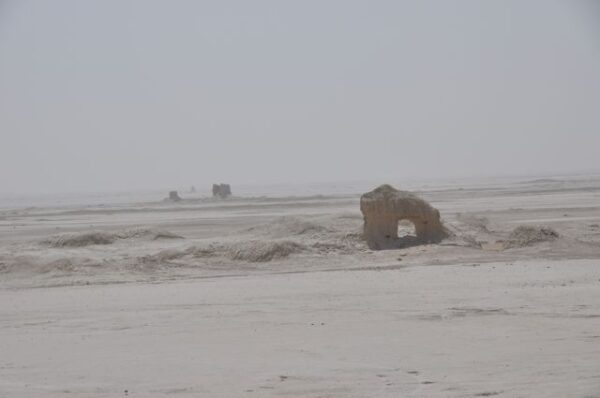
Engineer Khodaidad and Commander Asif did not survive their appointments to the Kashrud district government. Asif was smoke checked after a few months in command which immediately brought the incident rates down and allowed us to finish our projects. Engineer Khodaidad was killed in a targeted assassination outside his home village a year after his appointment to district governor. The Engineer was a brave man who personally found and ran off a two man hit team sent to kill Boris, but he didn’t tell us about it, he told Governor Brahui who then called Bashir and told him to bring Boris back to Zaranj immediately.
I decided to go get Boris with our Baluch interpreter Zabi and drive him back to Zaranj because he had bitching about not being able to free range the province with me. We took all day to make the drive to Zaranj stopping to examine some of the old walled cities in the desert that were being used by the Taliban to move in and out of the Helmand. We found melon rinds, goat scat and fire pits in them which we assumed came from the Taliban because the Desert of Death in no place to herd goats.
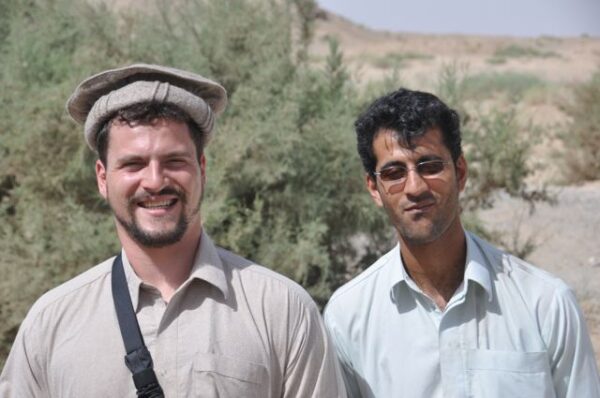
Boris the Russian Jew is now Boris the Israeli Kibbutz farmer He and his growing family live the spartan life in the Negav Desert. Zabi and Bashir are now both American citizens and doing well. Governor Brahui returned to his home in Char Burjak district which had experienced an economic revival after we repaired the irrigation system. I have no idea how he is getting along with the Taliban government but suspect he’s reached accommodations with them because what else can he do?


